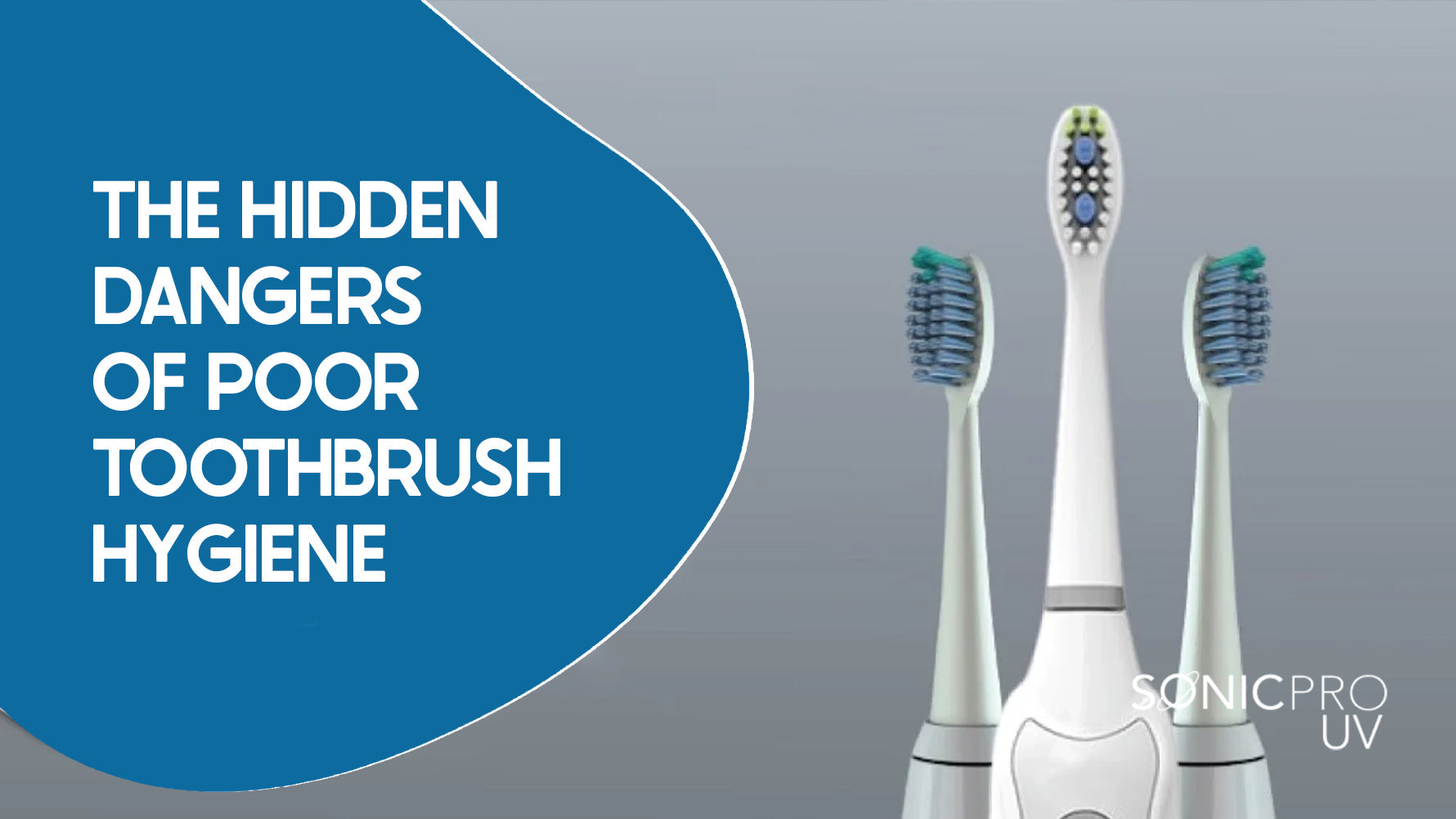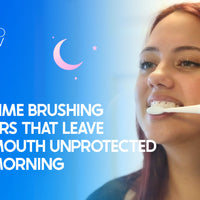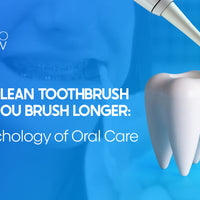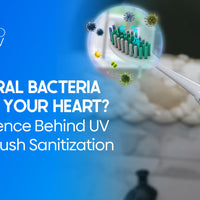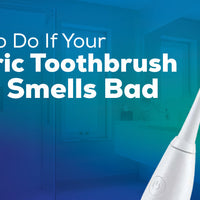Key Takeaways
-
Poor toothbrush hygiene can lead to gum disease, cavities, and even serious health issues like heart disease and diabetes.
-
Bacteria and fungi thrive on toothbrushes stored in humid bathrooms, increasing the risk of infections.
-
Gum disease symptoms include bleeding gums, bad breath, and tooth loss, often caused by bacteria buildup on toothbrushes.
-
A dirty toothbrush can cause infections like oral thrush, gastroenteritis, and respiratory issues.
-
Replacing your toothbrush every 3–4 months and after illness helps prevent bacterial buildup.
-
SonicPro UV uses UV light to kill 99.9% of bacteria and viruses, keeping your toothbrush clean and safe.
Good oral hygiene starts with your toothbrush, but how clean is it really? Most people focus on brushing and flossing but overlook the importance of toothbrush hygiene. The truth is that a dirty toothbrush can do more harm than good. Poor toothbrush hygiene doesn’t just affect your teeth and gums, it can also lead to serious health problems throughout your body. Keep reading to find out how to prevent that.
Why Toothbrush Hygiene Matters
Your toothbrush is your first line of defense against cavities, gum disease, and bad breath. But when you don’t keep it clean, it can quickly become a breeding ground for bacteria and fungi. Every time you brush, you transfer these harmful microbes to your mouth, increasing the risk of oral health problems.
Toothbrushes are often stored in humid environments like bathrooms, where bacteria thrive. If you don’t clean and store your toothbrush properly, bacteria can multiply and compromise your oral health. Over time, this can lead to more serious health issues beyond your mouth.
The Connection Between Oral Health and Overall Health
Oral health isn’t just about having a bright smile, it’s closely linked to your overall health. Poor oral hygiene has been linked to chronic conditions like heart disease and diabetes. When bacteria from your mouth enter your bloodstream, they can cause inflammation and increase your risk of developing serious health problems.
Health Risks of Poor Toothbrush Hygiene
Gum Disease
Gum disease is one of the most common oral health issues linked to poor toothbrush hygiene.
Symptoms:
-
Bleeding, swollen, or receding gums
-
Persistent bad breath
-
Tooth loss in severe cases
Causes:
-
Bacteria buildup on toothbrushes can lead to plaque and tartar formation, causing gum inflammation and infection.
Tooth Decay
Harmful bacteria like Streptococcus mutans can stick to your toothbrush and transfer to your teeth.
Symptoms:
-
Cavities
-
Tooth sensitivity
Causes:
-
Bacteria break down sugars and produce acid, which erodes enamel and causes decay.
Infections
A dirty toothbrush can also expose you to harmful infections:
-
Oral Thrush: Caused by the fungus Candida albicans, leading to white patches and discomfort in the mouth.
-
Gastroenteritis: Caused by bacteria on contaminated toothbrushes, leading to stomach pain and diarrhea.
-
Respiratory Infections: Inhaling bacteria from a dirty toothbrush can lead to lung infections.
Other Health Problems
Poor toothbrush hygiene can increase the risk of various health issues:
|
Health Issue |
Description |
|
Heart Disease |
Increased risk due to inflammation and bacteria entering the bloodstream. |
|
Diabetes |
Poor oral hygiene can worsen blood sugar control. |
|
Bone Loss |
Linked to advanced gum disease. |
|
Fertility Problems |
Inflammation and infections can affect reproductive health. |
How to Maintain Proper Toothbrush Hygiene
Daily Oral Care Routine
-
Brush twice a day with fluoride toothpaste to remove plaque and prevent cavities.
-
Floss daily to clean between teeth where your toothbrush can’t reach.
Replace Your Toothbrush Regularly
-
Replace your toothbrush every 3–4 months or sooner if the bristles look frayed.
-
Always replace your toothbrush after recovering from an illness to avoid reinfection.
Clean and Store Your Toothbrush Properly
-
Rinse your toothbrush thoroughly after each use to remove toothpaste and debris.
-
Store it upright in an open container so it can air dry.
-
Avoid sharing toothbrushes to prevent the spread of bacteria and viruses.
Use Advanced Tools Like SonicPro UV
Investing in a UV toothbrush sanitizer like SonicPro UV can make a big difference in maintaining toothbrush hygiene.
Benefits of SonicPro UV:
-
UV sanitization kills 99.9% of bacteria and viruses, ensuring your toothbrush stays clean.
-
Keeps your toothbrush dry and protected between uses.
-
Compact and easy to use, making it convenient for everyday use.
Conclusion
Neglecting toothbrush hygiene can lead to serious health issues, from gum disease and cavities to more severe conditions like heart disease and diabetes. By maintaining a clean toothbrush and following a proper oral care routine, you can protect both your oral and overall health.
Invest in SonicPro UV to keep your toothbrush clean and safe. A small step today can lead to a healthier smile tomorrow!
Frequently Asked Questions (FAQ)
How often should I replace my toothbrush?
You should replace your toothbrush every 3–4 months or immediately after recovering from an illness.
Can a dirty toothbrush make me sick?
Yes, bacteria and fungi on a contaminated toothbrush can cause infections like gastroenteritis, oral thrush, and even respiratory issues.
How can I sanitize my toothbrush?
Use a UV sanitizer like SonicPro UV, or rinse your toothbrush with antibacterial mouthwash.
Is it safe to share a toothbrush?
No, sharing a toothbrush can spread bacteria and increase the risk of infections.

